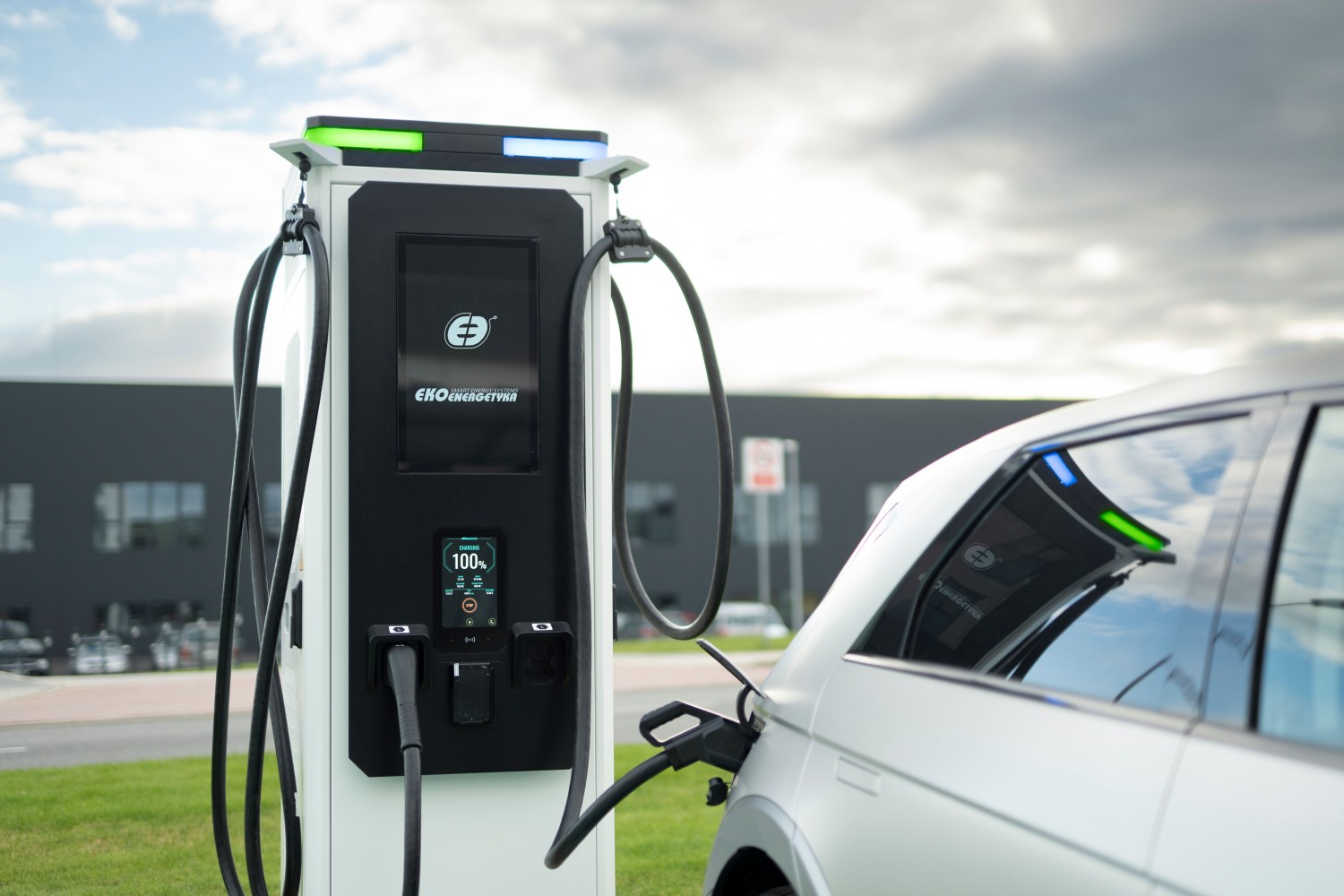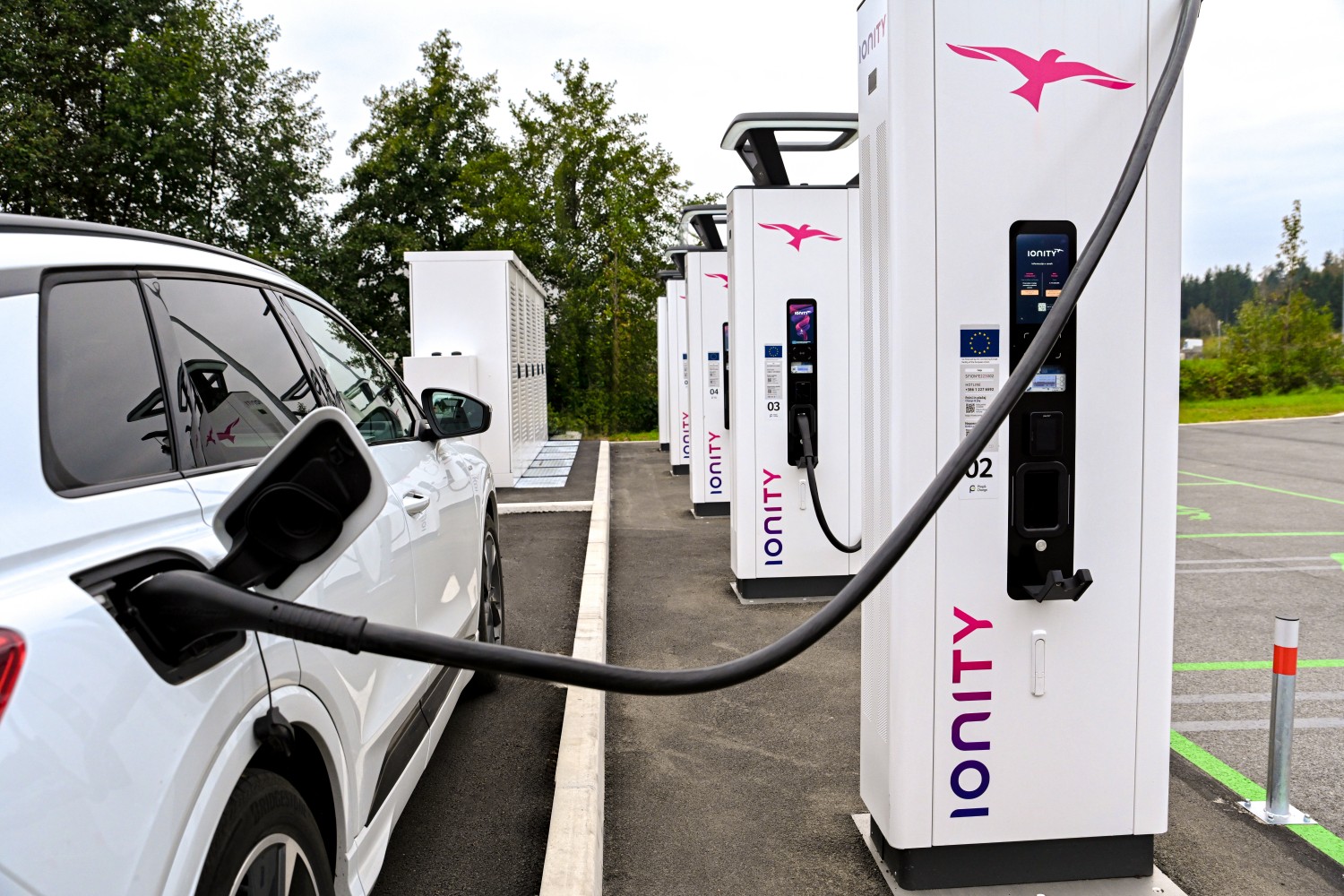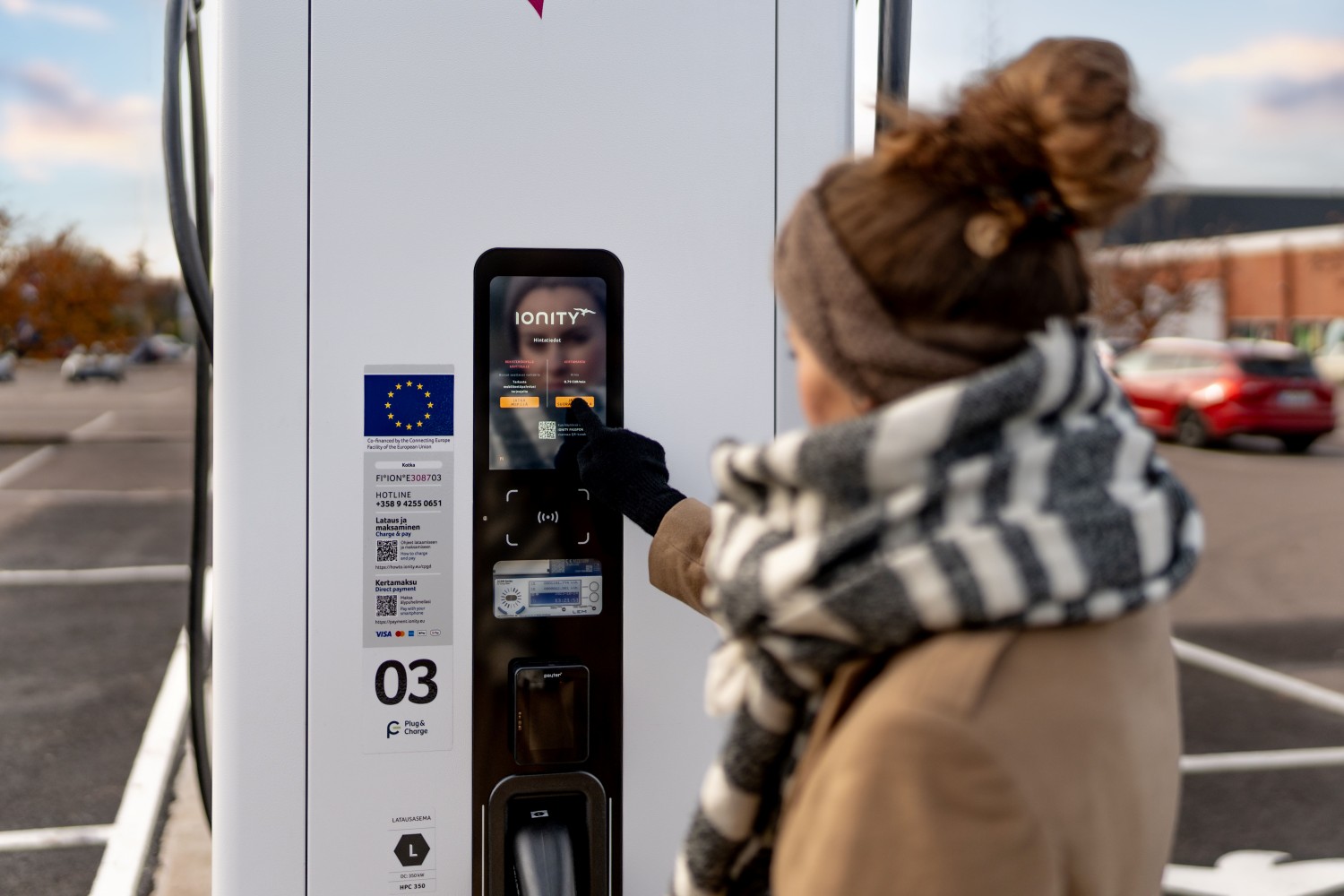When you're on the road and time is of the essence, DC fast charging can be a lifesaver.
DC charging stations are much faster than Level 1 and Level 2 AC charging stations, drastically cutting down the time it takes to recharge your electric vehicle (EV).
Let's take a closer look at how DC fast charging works and whether it's the right option for you.
Key Takeaways
- Use DC fast charging between 20% and 80% SOC for optimal speed and battery health.
- Ensure your EV is compatible with the chosen DC fast charging station.
- Locate and select stations via EV apps or websites, prioritizing reputable networks.
- Monitor charging progress through the station interface or app for efficiency.
What Is DC Fast Charging?
DC fast charging is a method that delivers direct current (DC) power directly to an electric vehicle's battery.
It's a very different approach from alternating current (AC) charging, which requires the vehicle's onboard charger to convert AC to DC.
The reason why Level 1 and Level 2 charging stations use AC is because it's convenient. It is the same type of electricity you find in household outlets, so it's easily accessible.
This factor makes AC charging perfect for everyday use. For example, it's a no-brainer for charging at home or work.
However, there are some situations when relying on AC power is insufficient.
Pros and Cons of DC Charging
We've already mentioned that DC charging is incredibly fast. According to the U.S. Department of Transportation, direct current fast charging (DCFC) equipment can charge an electric vehicle to 80% in just 20 minutes to 1 hour.
This ability comes in handy when you are pressed for time and during long-distance travel. Thanks to it, you can get back on the road in less than an hour instead of waiting for several hours.
However, there are other benefits to this type of charging. With a growing number of e-trucks on the road, public DC fast charging stations might soon become necessary components of our transportation ecosystem.
These stations are designed to provide high power levels, ranging from 50 kW to 350 kW. In comparison, regular AC charging stations can deliver up to 19kW.
It means that ultra-fast charging is better suited for large vehicles that depend on bigger batteries to operate.
It's also a sound investment from a business standpoint. Charging point operators (CPOs) can expect a higher return from a typical DC fast charging session than from other charging options.
Here's a table outlining the pros and cons of DC charging.
| Pros | Cons |
| + It converts power from the grid and delivers it directly to the battery, reducing energy loss in the process + It makes long-distance travel less problematic + It provides a much faster charge + It is better suited for big EV batteries used in trucks | - Not all electric vehicles are equipped for it - It can put more stress on your battery - Requires regular, costly maintenance |
Optimal Times for Fast Charging
The best times for fast charging largely depend on your EV's state of charge (SOC) and travel schedule.
DC fast charging is most advantageous when your SOC is between 20% and 80%. Charging speeds are faster within this range, reducing the overall time spent at the charger.
To avoid unnecessary stress on your battery, refrain from using DC fast charging when your SOC is above 80%. Additionally, avoid fast charging from a low SOC (below 10%) since it can accelerate battery degradation.

Steps to Use DC Fast Charging
Locating a DC fast charger is not a complicated process.
According to the U.S. Department of Energy, there are 75,621 EV charging stations located throughout the U.S. and Canada. Out of those, 11,956 are DC fast chargers.
Here's a map you can use to find a DC charger near you.
EV charging infrastructure is also experiencing rapid expansion in Europe.
In its 2024 report, the IEA predicts the stock of public LDV chargers will increase to around 2.7 million in 2035. The United Kingdom alone expects to install at least 300,000 public chargers by 2030.
This data clearly shows that we see a steady increase in the number of EV drivers and, as a consequence, charging stations.
Once you arrive at the charging station, follow these steps to initiate a successful charging session:
1. Prepare the EV Charger
Park your vehicle and ensure it's correctly aligned with the charging station. Turn off your car and open the charging port. Verify that the EV charger is ready for use, usually indicated by an idle or ready status on the display.
2. Connect the Connector
Select the appropriate connector from the charging station. Most DC fast chargers offer CCS (Combined Charging System) or CHAdeMO connectors. Attach the connector to your vehicle's charging port, ensuring a secure connection. The charger should automatically recognize your vehicle and establish communication.
3. Start and Monitor the Charging Session
Initiate the charging session either via the charging station's interface or through a mobile app. Confirm the session has started by checking the status on the EV charger display or your vehicle's dashboard. Monitor the charging progress and make sure it's proceeding efficiently.
The Bottom Line
While the difference between AC and DC was once dubbed "The War of the Currents," these two charging systems can coexist.
As long as you're using DC fast charging sparingly and strategically, you can maximize your electric vehicle's battery efficiency and longevity.
Stick to ideal charging windows (20%-80% SOC) and choose reputable stations to guarantee the best care for your battery.

FAQ
What is DC fast charging?
DC fast charging is a technology that allows electric vehicles (EVs) to charge at a much faster rate compared to standard AC charging. It uses direct current (DC) to replenish an EV battery quickly.
When should I use DC charging?
DC charging is ideal for situations where you need to top up your EV's battery quickly, such as on long road trips or when you need to get back on the road in a short amount of time.
How does DC charging work?
DC charging works by converting AC power from the grid to DC power that can be directly used to charge the EV's battery. This process allows for faster charging speeds compared to AC charging.
What affects how fast DC charging works?
The charging speed of a DC charger can be influenced by the charge rate of the charger, the capacity of the EV's battery, and the temperature of the battery during charging.
Can DC fast charging affect the life of the battery?
While DC fast charging can be convenient, frequent use of this charging method may have an impact on the overall lifespan of the EV's battery. It is recommended to balance fast charging with slower charging methods to protect the battery.
Where can I find DC fast charging stations?
DC fast charging stations are commonly found along highways, in urban areas, and at public locations. Various charging network apps and websites can help you locate a DC fast charger near you.
How much power does a DC fast charger typically deliver?
DC fast chargers are available in various power outputs, ranging from 50 kW to 350 kW. The higher the kW rating, the faster the charging speed for compatible EVs.
